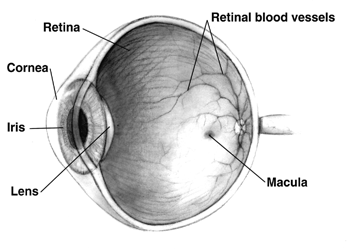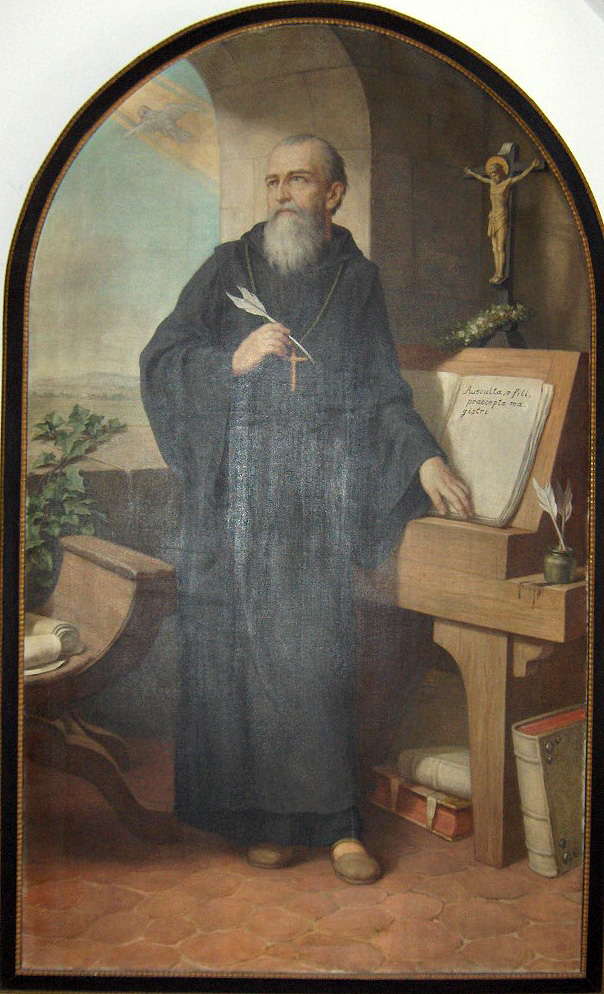We just learned about the Green Hydra.
Another type of hydrozoan is the Marrus Orthocanna.
This animal looks like a long fiery string with bubbles on it.
It can grow to be several feet long, and forty inches wide.
These creatures live in very deep waters, over 600 feet deep and mostly in the Arctic Ocean.

(from: wikipedia - marrus orthocanna)
Kid Facts - Blast from the past: Big Blue Octopus







